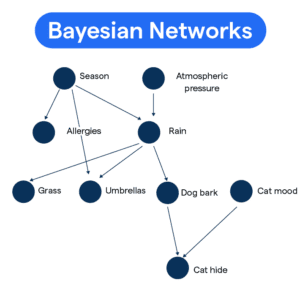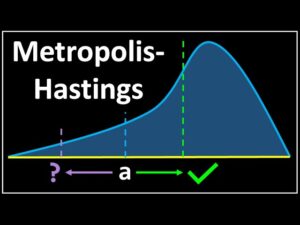Imagine you’re testing the strength of a chair: instead of sitting on it just once, you test each leg to ensure stability. Cross-validation works similarly in machine learning workflows: it evaluates a model’s reliability by testing it on multiple subsets of data. This ensures the model performs well not just on training data but also on unseen, real-world datasets.

A Brief History of Cross-Validation
Cross-validation, rooted in statistical methods from the 1930s, gained prominence in machine learning during the 1980s and 1990s. As algorithms grew more complex, reliable validation methods became critical: cross-validation emerged as a key technique to ensure model accuracy, robustness, and generalization.
What Is Cross-Validation?
Cross-validation is a statistical method used to evaluate the performance of a model. It divides the dataset into multiple folds, training the model on some folds and validating it on the remaining ones.
Think of it as testing a chair by checking each leg individually: if all legs are stable, the chair is reliable. Similarly, cross-validation tests every subset of data to ensure overall model stability.
Why Is Cross-Validation Used?
Cross-validation solves critical challenges in machine learning and data science:
- Generalization: Ensures the model performs well on new data, not just the training set.
- Overfitting Prevention: Prevents the model from memorizing patterns in the training data rather than learning them.
- Reliable Evaluation: Provides an accurate measure of the model’s performance across various data subsets.
For instance, in fraud detection, cross-validation ensures the model detects new fraud patterns effectively, not just those present in historical data.
How Is Cross-Validation Used?
The process involves:
- Splitting Data into Folds: Divide the dataset into equal-sized subsets (e.g., 5 folds for K-fold cross-validation).
- Training and Validation: Train the model on all but one fold, and validate it on the remaining fold. Repeat for all folds.
- Calculating Metrics: Average the results across all folds to assess the model’s performance.
Techniques like stratified cross-validation ensure balanced class distributions across folds, improving performance in classification tasks.
Types of Cross-Validation
- K-Fold Cross-Validation: Splits the dataset into K folds, rotating the validation set.
- Leave-One-Out Cross-Validation (LOOCV): Uses one data point for validation and the rest for training, repeated for all points.
- Stratified K-Fold Cross-Validation: Ensures consistent class proportions across folds.
- Time-Series Cross-Validation: Preserves the temporal order of data, critical for time-dependent models.
Categories of Cross-Validation
Cross-validation is categorized based on the dataset:
- Standard Cross-Validation: For static datasets without temporal dependencies.
- Temporal Cross-Validation: For datasets with time-sequential data, ensuring the order is preserved.
Software and Tools for Cross-Validation
Here are commonly used tools for data validation in machine learning workflows:
- Python Libraries:
- Scikit-learn: Includes cross_val_score() and KFold.
- Pandas: Useful for data preparation and manipulation.
- Deep Learning Frameworks:
- TensorFlow/Keras: Supports custom pipelines for cross-validation.
- PyTorch: Offers utilities for creating data loaders with validation support.
- R Programming: Packages like caret provide robust cross-validation options.
Industry Applications in Australian Governmental Agencies
- Healthcare Modelling: The Australian Institute of Health and Welfare uses cross-validation techniques to ensure models predicting disease outbreaks work across diverse demographics.
- Satellite Data Analysis: Geoscience Australia applies cross-validation to improve resource-mapping models, ensuring accurate analysis of satellite data.
- Traffic Optimization: Transport for NSW validates predictive traffic models using cross-validation, improving road and rail efficiency while reducing congestion.
How interested are you in uncovering even more about this topic? Our next article dives deeper into [insert next topic], unravelling insights you won’t want to miss. Stay curious and take the next step with us!








